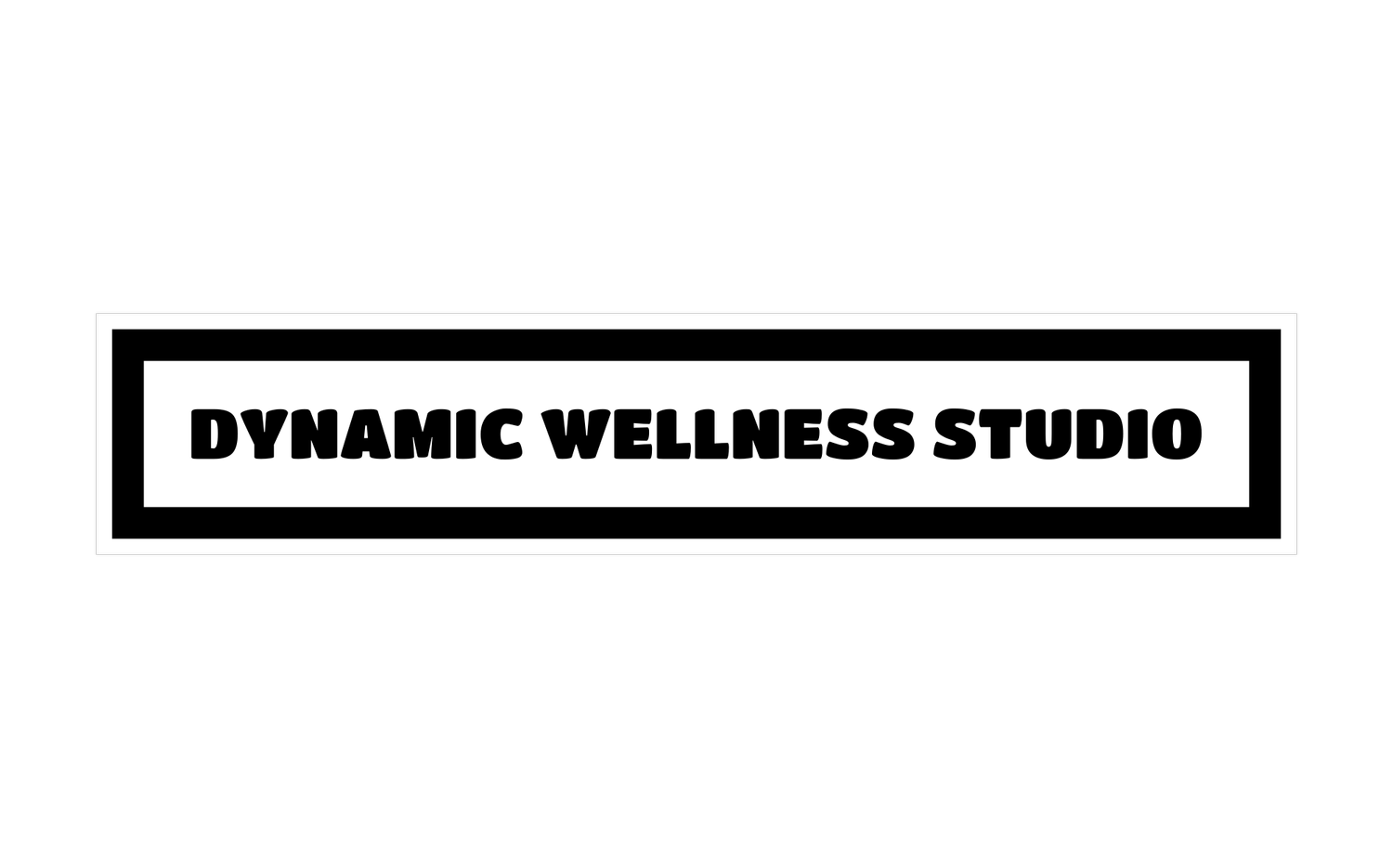The Science Behind Sauna Detoxification: Can Saunas Really Help Remove Toxins from Your Body?
In today's world, we are exposed to a myriad of environmental toxins daily, from pesticides and heavy metals to plastics and pollutants. These toxins can infiltrate our bodies through various avenues, making it essential to consider strategies for their elimination. Enter the intriguing concept of sauna-induced sweating, believed by many to aid in the removal of these harmful substances from our bodies. In this article, we will delve into the scientific evidence behind the idea of using saunas to detoxify the body, while considering whether this strategy is as effective as it's claimed to be.
Toxins in Our Fat Tissue
Scientific research suggests that human fat tissue is frequently contaminated with a range of man-made chemicals, including persistent organic pollutants (POPs). These pollutants, which include organochlorine pesticides, polychlorinated biphenyls (PCBs), and dioxins, can persist in the body for extended periods, even decades. POPs accumulate in the food chain, primarily in animal fat, posing a long-term health threat.
Understanding the Challenge
Eliminating POPs from the body can be a daunting task. The body's fat tissue serves as a storage reservoir for these toxins, gradually releasing them into the bloodstream. Even low-level exposure to POPs can have adverse effects on the endocrine, immune, nervous, and reproductive systems.
The Role of Saunas in Detoxification
Since the 1980s, the Hubbard protocol has gained attention as a strategy for reducing body stores of POPs and improving health in individuals exposed to environmental toxins. This protocol incorporates sauna sessions, exercise, niacin, and supplemental oils. Studies have consistently shown reductions of 25-30% in POP levels in fat and blood, likely due to increased elimination through sweat.
Sweating It Out: The Science
Enhanced sweat production plays a crucial role in the benefits of the Hubbard protocol. Sweating alone has been used to improve conditions such as uremia, characterized by toxin buildup in the blood of kidney disease patients. Sweat contains POPs and heavy metals, and in individuals acclimated to sauna sessions, sweat volume can reach two liters per hour, suggesting that saunas may be an effective method for toxin elimination.
Scientific Studies Supporting Sauna Detoxification
Research led by Stephen Genuis from the University of Alberta has explored the elimination of toxins from the body through blood, urine, and sweat. Their studies, abbreviated as BUS studies, have demonstrated the potential of induced sweating as a method for removing toxic elements. For instance:
In a study published in 2010, they found that many toxic heavy metals were preferentially excreted through sweat. The authors concluded that "induced sweating appears to be a potential method for the elimination of many toxic elements from the human body."
Subsequent studies from the same group have shown that infrared/steam sauna sessions can help eliminate phthalates, flame retardants, Bisphenol A, pesticides, and PCBs.
A Path Forward: Sauna Bathing for Detoxification
In summary, a body of clinical research supports the idea that utilizing an infrared/steam sauna may help eliminate a range of toxins, including heavy metals, phthalates, flame retardants, and more, through sweat. This approach offers a potential strategy for individuals exposed to environmental toxins to support their overall health.
Conclusion
In our increasingly toxic world, strategies for detoxification are more important than ever. Sauna bathing, when used wisely, presents a promising option for toxin elimination. However, it's essential to approach this practice with caution, understanding its potential benefits and limitations. Sauna therapy should be considered as part of a broader approach to health and well-being, including a balanced diet, regular exercise, and consultation with a healthcare professional when needed. In the end, achieving a healthier, toxin-free body requires a comprehensive and informed approach.
